Technical Specifications for Greening and Maintenance in Residential Areas (Highly Recommended for Collection)
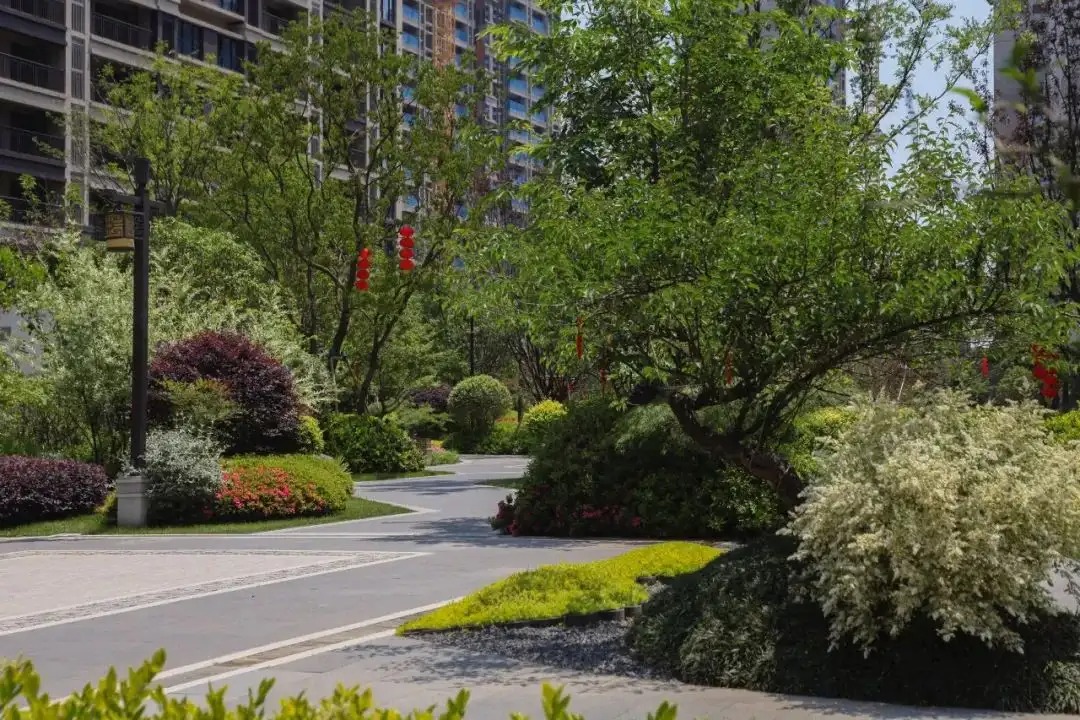
The regulations are divided into 8 parts : general principles, terminology, plant pruning, plant protection, rejuvenation and renewal, fertilizer and water management, pest control, maintenance safety, and file management. Today we will mainly take a look at the content of plant pruning.
1. Common tree pruning in residential areas
(one)
When pruning is needed
(two)
Pruning principles
(three)
Pruning period
(Four)
Common pruning methods

Camphor tree pruning demonstration
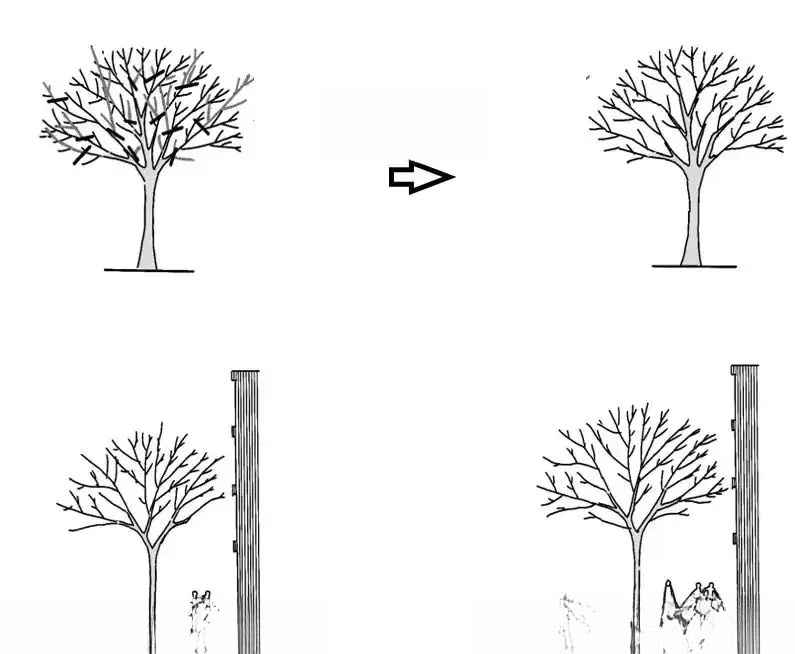

Ginkgo pruning demonstration
(Also applicable to similar tree-shaped trees such as Magnolia, Platanus, Hybrid Ligusticum, Liquidambar formosana, etc.)
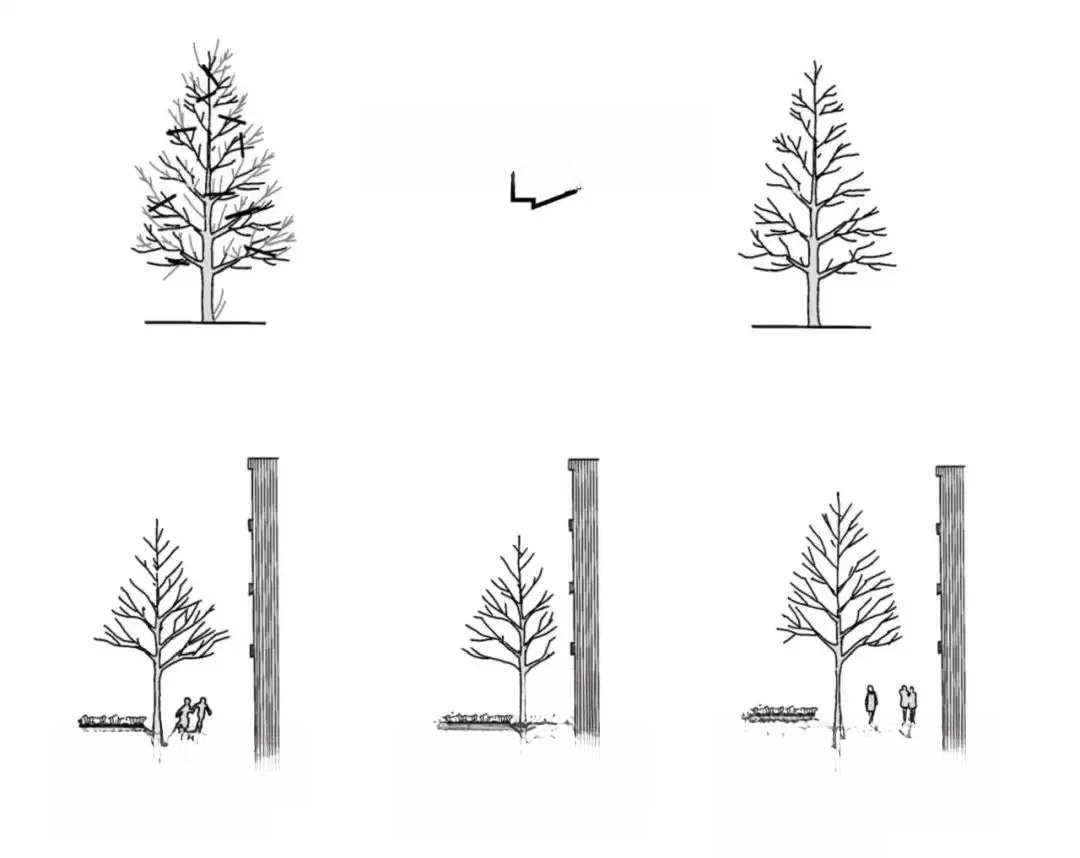
2. Pruning of common flowers and shrubs in the community
01
02
03
04
05
06

Weeping Begonia Pruning Demonstration
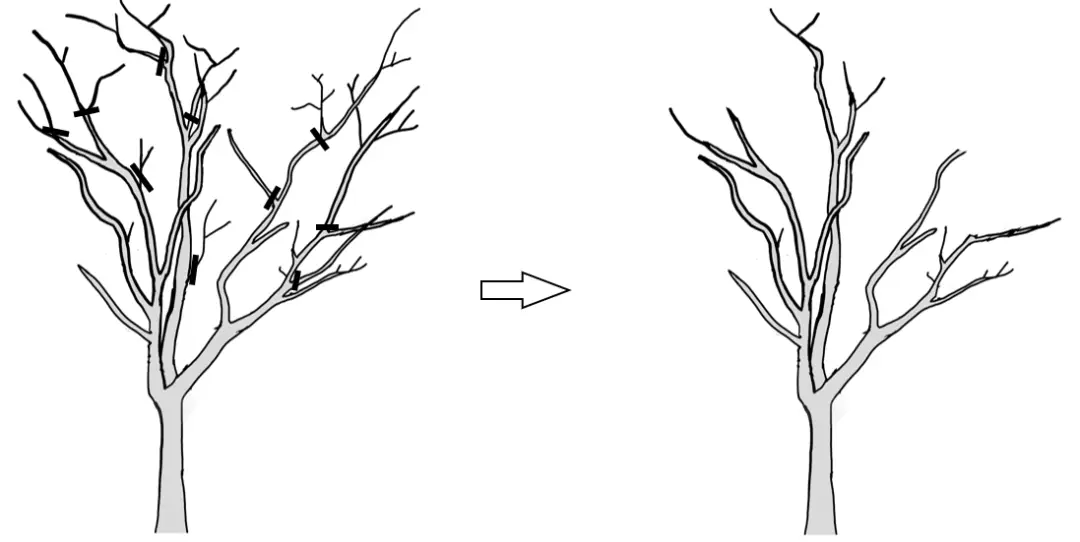
Pruning tips:
2. Do not over-prune after the leaves fall in autumn, which will affect the viewing of flowers next year. You can appropriately prune the dense inward branches, shorten the branches that are too long beyond the crown, and prune the diseased branches, dead branches and broken branches.
3. You can cut off the remaining flowers after flowering.

Crape Myrtle Pruning Demonstration
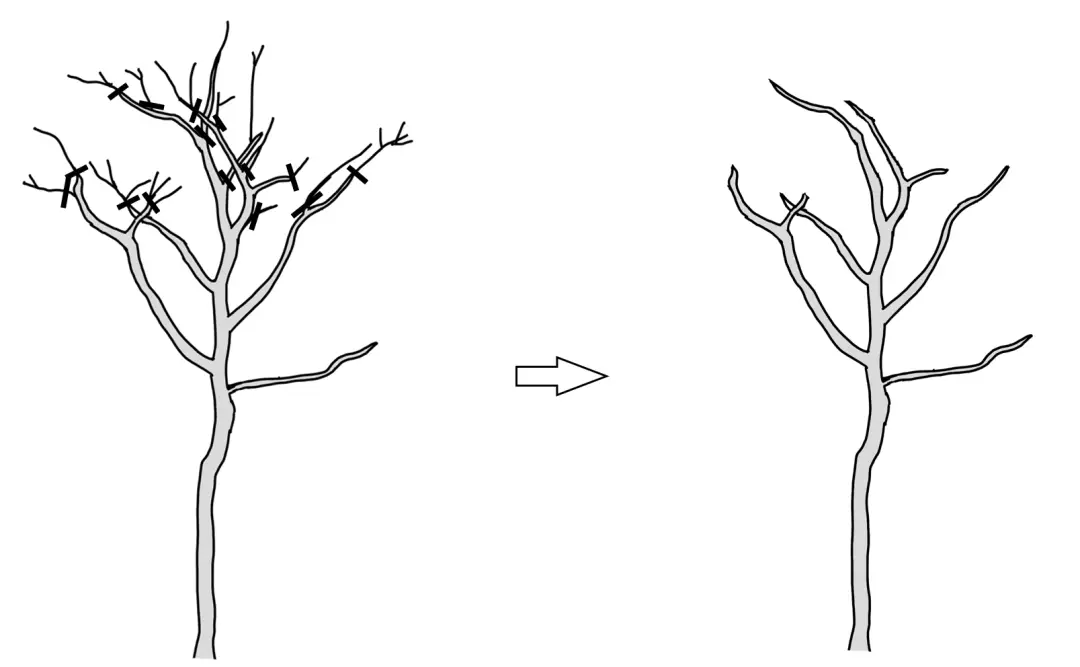
Pruning tips :
2. Keep two to three strong one-year-old branches of each main branch according to the growth direction, and cut them short by about 20 cm, and cut off other redundant branches.
3. When the branches are too dense and need to be thinned, choose to keep the thicker branches and remove the thinner branches.

Red Leaf Plum Pruning Demonstration
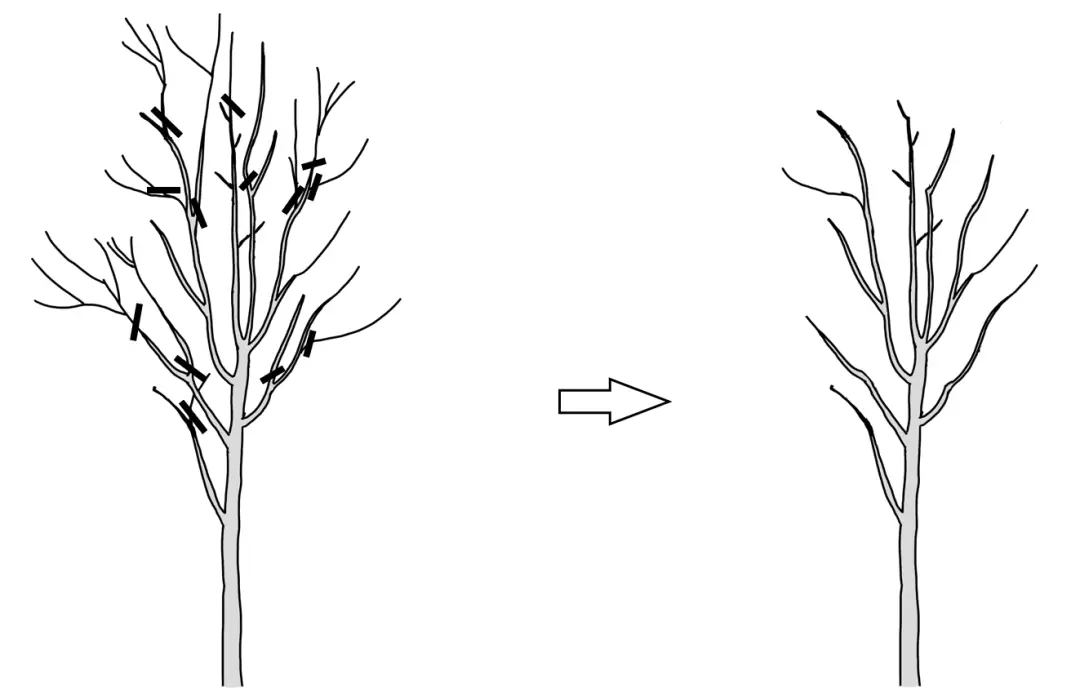
Pruning tips:
2. Clean up the weak branches in the middle of the crown to ensure ventilation and light transmission. Cut off the winding branches and dead branches to maintain the tree shape.
3. If pruning in winter, only the branches without flower buds need to be cut off.
3. Bamboo pruning
Pruning period
Bamboo generally maintains its natural shape and is rarely pruned, but when it grows too vigorously, it should be thinned or transplanted properly in late autumn or winter, retaining new bamboos that are 4 to 5 years old or younger and removing old bamboos that are more than 6 years old.
Pruning methods
1. The bamboo forest should be deeply plowed and the bamboo shoots should be cut every 3 to 5 years. The old bamboo shoots over 4 years old and the bamboo stumps after annual felling should be dug out.
2. Bamboo pruning should be carried out after new bamboo branches have sprouted and before the leaves unfold, and all the parts close to the base of the bamboo within 1m above the ground should be removed.
3. When the density of bamboo plants is too high or their growth exceeds the defined range, the bamboo whips, bamboo seedlings, bamboo vines, etc. that have crossed the boundary can be cleared to maintain a moderate density.
4. When pruning bamboo, use a hand saw or electric saw to cut horizontally along the base of the bamboo joint to prevent water from accumulating in the remaining bamboo poles and breeding harmful organisms.
4. Lawn Mowing
Pruning period
Lawn mowing is generally done during the vigorous growth period of lawn grass, and avoids being done during the dormant period. Warm-season lawns generally grow from April to October, and dormant from November to March of the following year. Cool-season lawns generally grow from April to June and October to November, and dormant during hot and cold periods.
Pruning methods
1. Generally, machines are used for mowing. Manual mowing can be used for roadsides and small areas. Before mowing, the surface should be completely cleared of gravel, branches and other debris.
2. When cutting grass, the edge should be neat or smooth, and the distance from other plant planting areas should not exceed 30cm.
3. The stubble height of cold-season lawns should not exceed 6-7cm, and the stubble height of warm-season lawns should not exceed 4-5cm. When the actual height of the lawn exceeds 1/3 of the rated height, it should be mowed.
4. The inflorescences formed by lawn grass should be cut off in time, and grass clippings should be removed in time. The lawn should be watered and fertilized in time after mowing.
Source: Forestry Station (Greening Guidance Station)